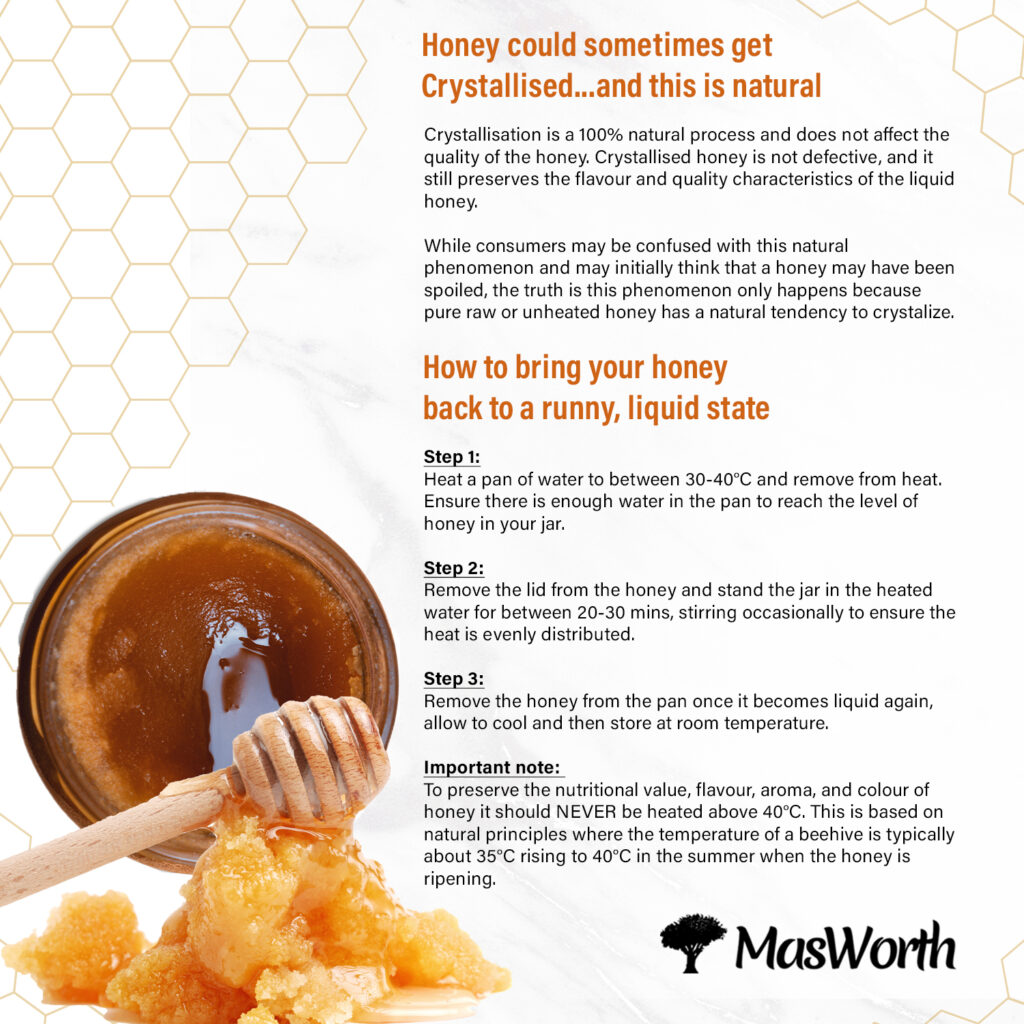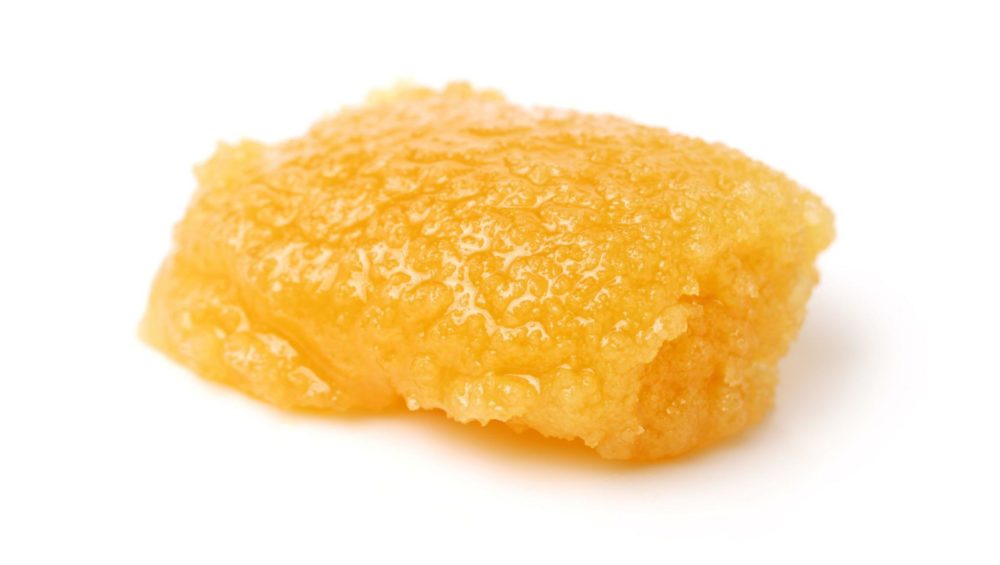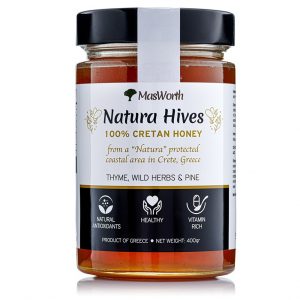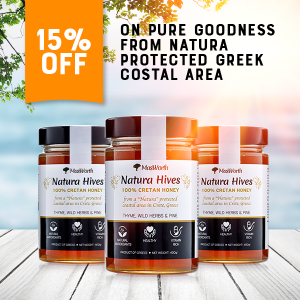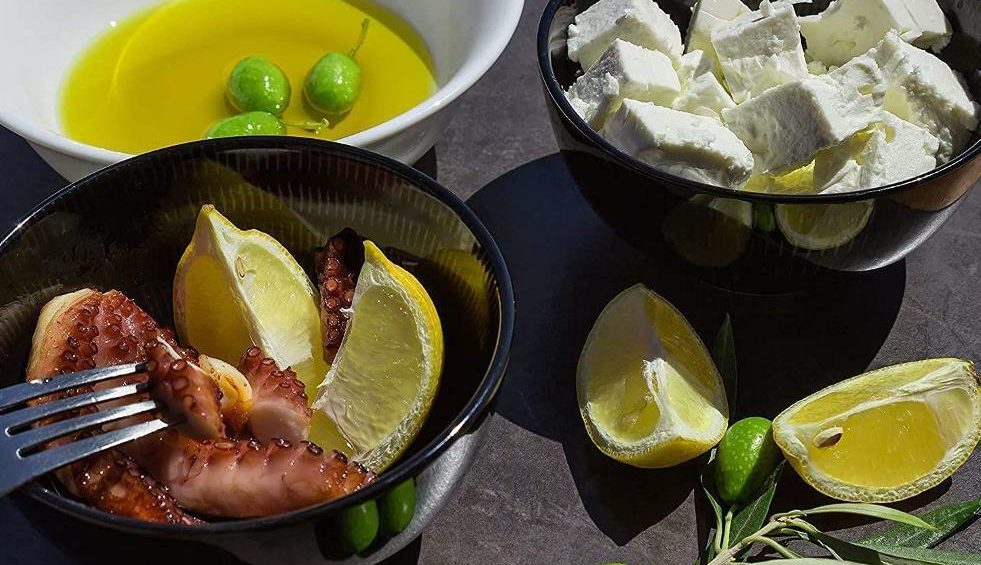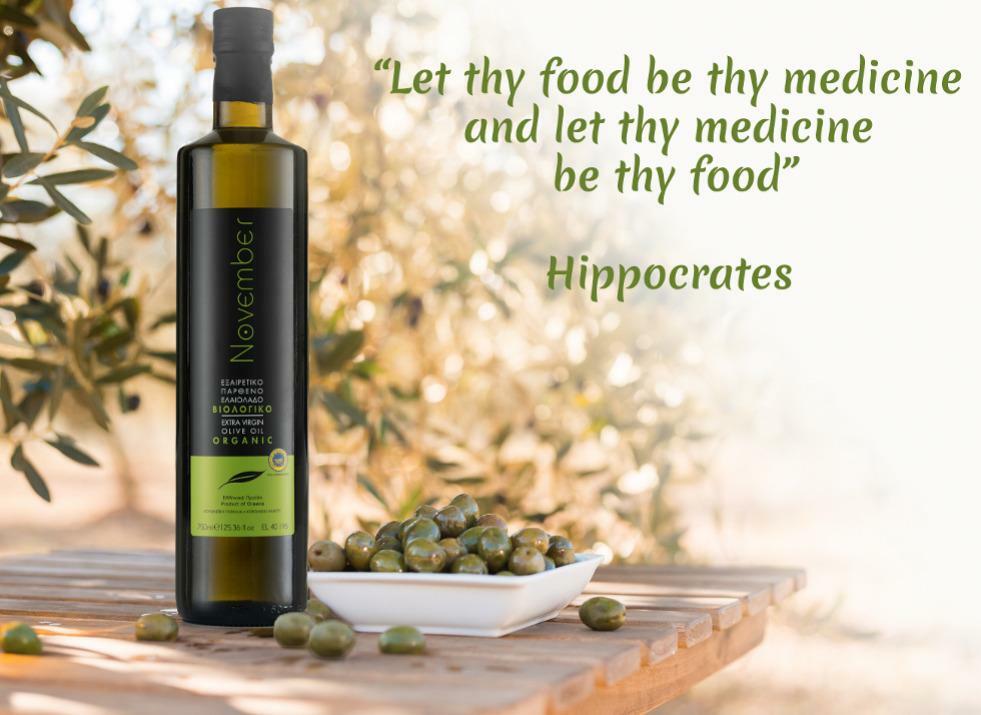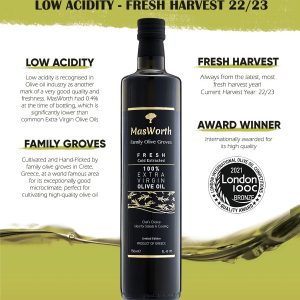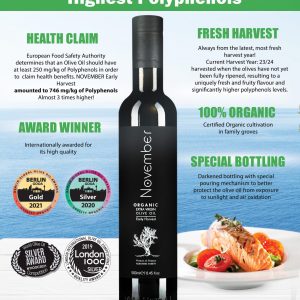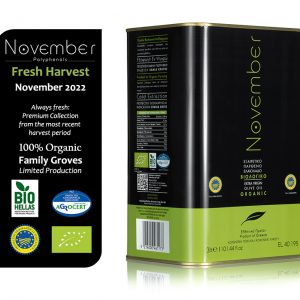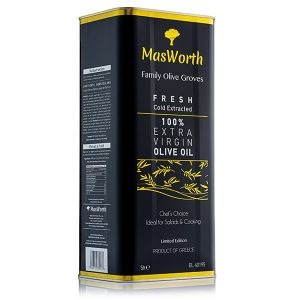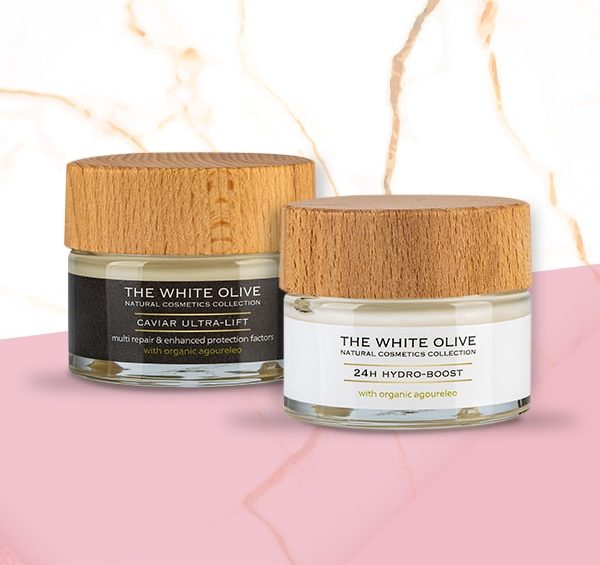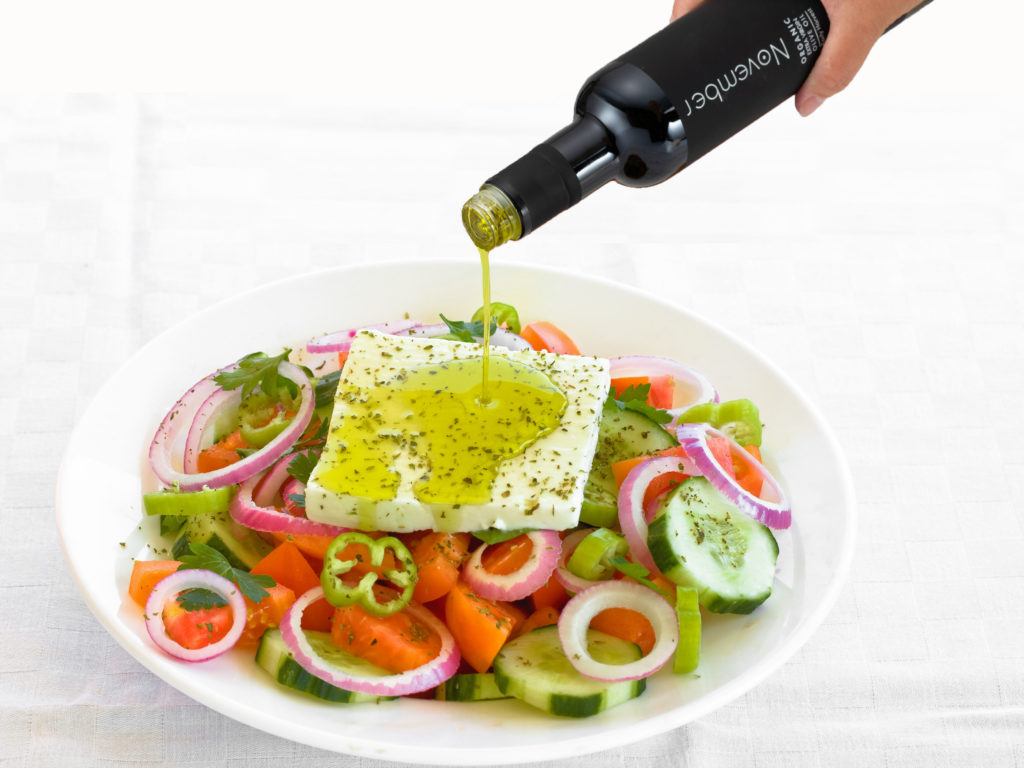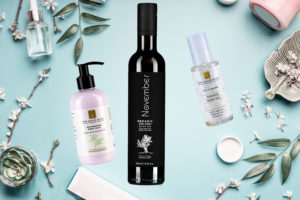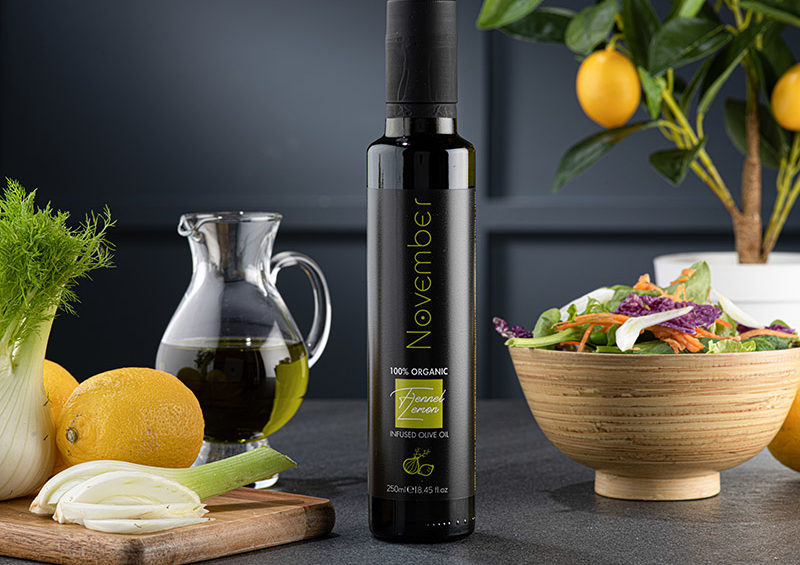What is Crystallisation?
When honey turns from a liquid state to a semi solid state this process is called crystallisation. It is a completely natural process and over time almost all pure raw honey will crystallise, albeit at different rates and consistencies depending on several factors.
Why does crystallisation occur?
Because honey contains approximately 70% natural sugars and less than 20% water, honey is in essence an unstable super-saturated sugar solution. The ratio of the two natural sugars found in honey are between 30-44% Fructose and 25-40% Glucose depending on the floral nectar source of the honey which can also impact the size of crystals formed. Honey produced from Wild Thyme for example may be one of the most delicious and nutritious honeys available, but it also has a rapid crystallisation rate. Manuka honey on the other hand granulates more slowly but forms large crystals.
What causes honey to crystallise?
It is the glucose in honey that causes crystallisation due to its low solubility, therefore the ratio of fructose to glucose and glucose to water is perhaps the most significant determinant of how fast crystallisation occurs. In simple terms, the higher the ratio of glucose to water, the faster crystallisation happens because the glucose, which can no longer be absorbed into the water separates to form tiny crystals either uniformly throughout the honey or as two separate layers with the crystals at the bottom and the liquid on top. Beekeepers refer to this as set honey.
Other external factors that affect crystallisation include how the honey is processed and bottled as well as the packaging used. For example, Raw honey which is unprocessed or unfiltered contains small particles of plant components, beeswax and pollen which act as catalysts for more rapid crystallisation. This is also true for honey sold in plastic containers.
The temperature which you store your honey is also important. Ideally it should be stored below 4﮿C or above 25﮿C, with crystallisation occurring most rapidly between 10-15﮿C. To maintain the long-term stability of honey, it is therefore best to store it at room temperature in an airtight container where possible.
Is crystallisation of Honey a good or bad thing? A consumer’s perspective.
It is true that people eat with their eyes as well as their mouths, so consumers who expect honey to have a clear runny consistency and smooth texture, may question the purity and quality of honey that crystallises. Neither concern is valid since crystallisation does NOT affect the quality of the honey only the colour, which becomes lighter and the texture which becomes more course and grainy.
Much of the honey found in supermarkets remains in liquid form because it has been highly processed through pasteurisation and filtration to dissolve crystals and remove particles or passed through a process called creaming, where it is rapidly granulated at a low temperature to achieve a smooth texture from ultra-fine crystals which can’t be seen or detected on the palate.
As consumers move away from processed food and look to purchase Raw unprocessed food with greater nutritional value, they should expect to see higher levels of crystallisation in the honey they purchase and whilst set honey may not ‘look’ as appetising to some, it is not only easier to spread it also has a richer flavour.
Therefore, in the end, whether crystallised honey is a good or bad really comes down to personal preference. Questions relating to the quality of the honey are more to do with the providence of the honey and experience and quality standards of the beekeepers. Natura Hives Thyme, Wild Herbs and Pine Honey sold and distributed by MasWorth is produced in a Natura 2000 protected coastal area of Crete which restricts the use of pesticides and is the product of a family of beekeepers who have been producing superior honey for over four generations.
